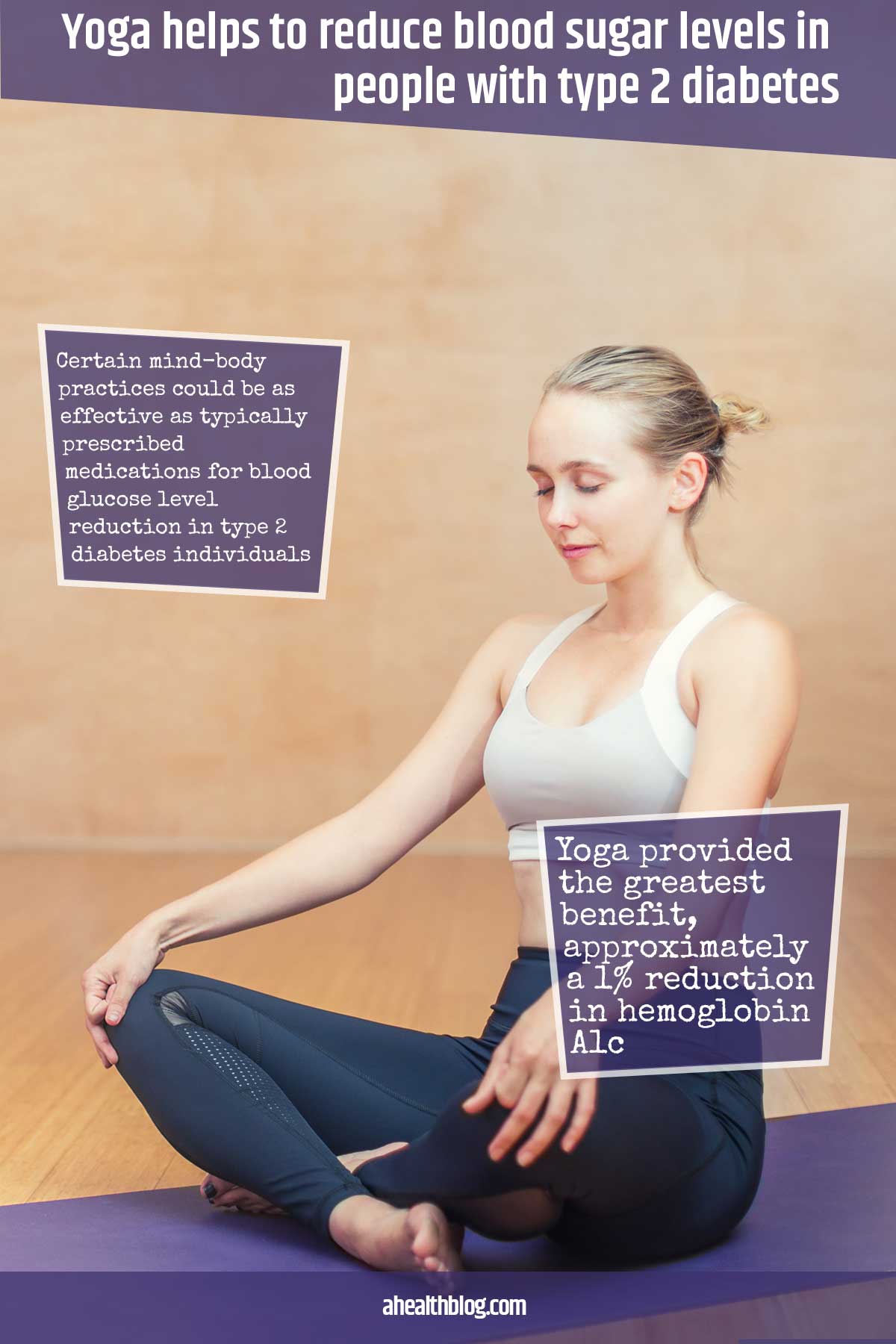Mind-body practices which include meditation and yoga have become popular tools for the promotion of health and fighting diseases such as type 2 diabetes. Roughly 66% of American individuals with type 2 diabetes make use of mind-body practices and a lot of them do so to help manage blood sugar.1✅ JOURNAL REFERENCE
DOI: 10.1089/jicm.2022.0586
Research now shows mind-body practices can effectively help reduce blood sugar levels in type 2 diabetes individuals. According to the researchers, certain mind-body practices could be as effective as typically prescribed medications for blood glucose level reduction in type 2 diabetes individuals.
Data were analyzed from worldwide conducted randomized controlled studies. The researchers found 28 studies in which type 2 diabetes individuals started a mind-body practice as well as taking medication and the results were compared to those of individuals who only took medication for reducing blood sugar levels.
The study analyzed a variety of mind-body practices such as mindfulness stress reduction, meditation, yoga, and qigong, and how they affected blood glucose levels, revealing that all of the mind-body practices resulted in significant blood sugar level reductions.
Overall, the mind-body practices resulted in an average .84% in hemoglobin A1c reduction, a measurement of the past 3 months’ average blood glucose level. Yoga provided the greatest benefit, approximately a 1% reduction in hemoglobin A1c. The researchers explained that a 1% reduction is especially significant because the most prescribed diabetes drug known as metformin reduces hemoglobin A1c in type 2 diabetes individuals by an average of 1.1%.
What’s important about these study results is that the effect is significant over and above the standard of care, revealing that mind-body practices helped individuals achieve reductions in blood glucose levels in addition to the reductions they were obtaining from medication.
The research indicates that mind-body practices could be utilized as a complementary non-pharmacological treatment for type 2 diabetes individuals and possibly as a preventive measure as well.
More effective methods for managing type 2 diabetes are required, given that approximately half of type 2 diabetes individuals succeed in reducing blood sugar levels to the target level of 7% hemoglobin A1c. The number of pre-diabetic Americans has also increased to approximately a third.
The studies had been conducted in various countries, which further suggests that mind-body practices could help benefit type 2 diabetes individuals around the world.




